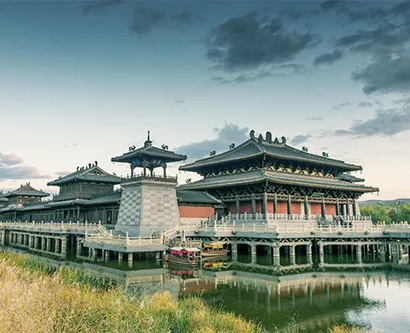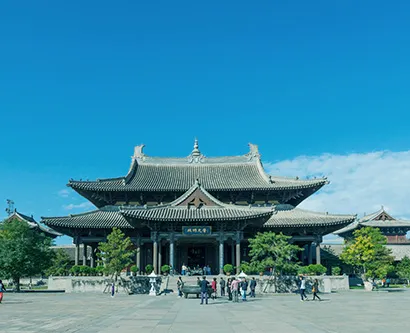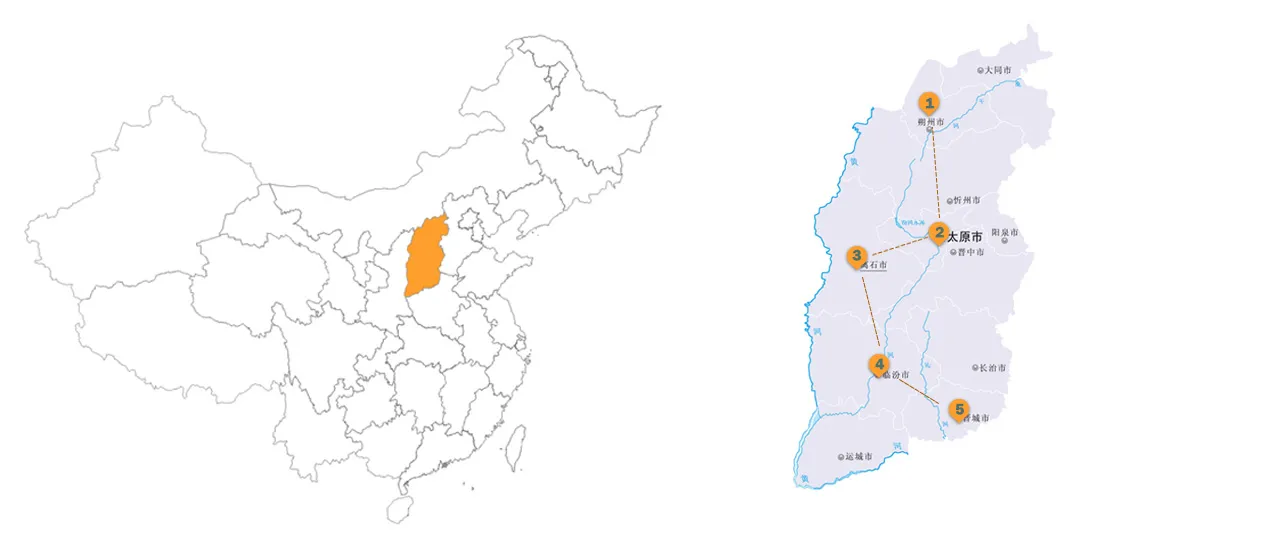
Located in the middle of northwest of China, Qinghai Province shares its borders with Gansu, Tibet Autonomous Region, Sichuan Province and Xinjiang Autonomous Region with named"the roof of the world". It's a mysterious and attractive place without many foreign visitors.
The Yellow River originates in the middle of the province, while the Yangtze and Mekong have their headwaters in the southern part. There are many high mountains and lakes scattered in the province. The famous Mt. Kunlun locates in the central part, Mt. Danggula standing to the South and Mt. Qilian to the North. There also have vast grasslands and precious Qaidam Basin. It is the continental climate with characters of large temperature difference, long sunshine and little rainfalls. It is named after the famous Qinghai Lake, the largest inland salt-water lake in China. Besides, the highest elevation railway in the world---Qinghai-Tibet Railway---was built in the province. With abundant resources, Qinghai is a paradise for mountain climbers and the brave.
95% of Qinghai province is pastureland. The inhabitants are made up of different ethnic groups: The Han, the Tibetan, The Hui, The Tu,The Monoglian, Salar Uygur, and very few parts of Kazak minority.
Tourist resources
In Qinghai Province, the natural scenery is magnificent in China. This is the typical character of western China.
In the largest inland salt-water lake, there are Bird Island, Haixin Hill, Sanhuai Stone and Sha Island for touring. Taer Lamasery is the Gelug Sect of Tibetan Buddhism, one of the six major monasteries and it is also the birthplace of Tsongkhapa, the creator of shamanism. The Butter Flower Sculpture, Duixiu and wall paintings are the three treasures of Taer lamasery. The Yellow River, Yangtze and Mekong all originate from the province, where you will enjoy the mysterious beauty of nature. The three mountains, Amnye Machen, Kunlun and Xinqingfeng, have an average elevation over 5,000 meters.
Besides, there are many places of historical interest, like ancient tombs group, temples, rock paintings and castles. Different nationalities keep remain unique and colorful ethnic customs and practices.
The Qinghai-Tibet railway was inaugurated in July 2006. All of the trains to Lhasa pass through Xining, making the city the gateway to Lhasa. Getting train tickets from Xining to Lhasa are easier than in the larger cities of Chengdu, Beijing, Shanghai and Guangzhou as there are more options. The most important thing is the worth-seeing view along the Qinghai-Tibet Plateau is since from Xining, and the rest of the section from other big cities to Xining, you can see them everywhere, nothing special, no need to take the train and waste the time. The train from Xining to Lhasa is around 21 hours. You’d better consider taking the soft sleeper berth train as it’s really a long journey and the compartment in soft sleeper berth is much clean than hard sleeper berth. And you need to hold the Tibet Entry Permit before boarding on the train from Xining to Lhasa. You need to ask your Tibet travel agency to post the Tibet Entry Permit
Culture
The earliest inhabitants in Qinghai Province are from Qiang group which was a very ancient ethnic group in western part of China. Some relics indicate that Qinghai has at least 6,000 years’ civilization. It has experienced several dynasties, such as Han, Wei, Tuguhui, Tufan, and Song and so on. In addition, it has appeared a great number of famous figure in Chinese history. Qinghai is also a place full of religious color. Most people here believe in the Tibetan Buddhism. They often attend many kinds of complicated religious activities to pursue their belief.
Cuisine
As about 80% of the area of Qinghai Province is grassland. So their food ingredients are based on their native products, like yaks, sheep, highland barley, wheat and peas. They used them to make different kinds of wheaten food like Hand-Pulled Noodle with sheep Intestines, Fried dough sheet with mutton, dry-stirred noodles, Guo Kui (Chinese Flat breads). And the main meats are mutton and beef like hand-grabbed lamb, roasted mutton, braised beef with soy sauce. Except that, Muslim Yogurt is quite popular here as it is cheap and with nice taste. Qinghai cuisine’s cooking methods include stir-frying, roasting, grilling, steaming, cooking, stewing, etc. With sour, spicy, mellow, crisp as the taste characteristics, Qinghai cuisine has its unique and abundant diet system of plateau nationalities.
Qinghai cuisine is dominated by Han and Hui flavors although Tibetan food is quite different. Tibetan food is a bit monotonous. Only noodles and meats (Yak or Mutton), and the cooking ways is also simple. And they normally served some Tibetan dim sum during the festivals which are mostly fried food. And they are made of white flour, yak butter, milk, sugar and other raw materials. Mojia Jie (Mojia Street) and Shuijing Xiang (Shuijing Lane) are the two most famous snack streets in Xining City.
There is an ethnic group in Qinghai called Salar, and they are good at cooking. Their food are also the same ingredient like Han and Hui people in Qinghai, but they can cook in better taste.
Climate
Qinghai's climate in winter is harsh. So the best time for traveling it is in summer. Vast parts of the province are high, treeless steppe. Bring warm clothes and extra food supplies. It can snow year-round, and even in July temperatures can drop sharply in the evening if the altitude is above 4000m. Due to the clarity and low density of the air, daytime temperatures fluctuate markedly between sunlit and shaded areas, and the wind tends to pick up in the early morning, especially on hilltops and mountaintops.
Sunlight is intense here. The province receives very little rain. So you would feel dry when traveling there. So you’d better prepare Prevention of Ultraviolet Radiation like sunblock, sunglass and face mask.
The best traveling time to Qinghai is from the beginning of May till the end of Sep. The temperature is around 28°C in Jul and Aug, not high but as the ultraviolet rays is quite strong, so you would also feel hot.
Useful traveling suggestion for altitude sickness
Altitude sickness is a reality in Qinghai with much of the province being over 3000m. Actually, 3000m altitude is not very high. You’d better not arrange any activity upon arrival if possible. Just walk slowly outside your hotel to acclimate the high altitude. To a center extent, altitude sickness is a psychological reaction. If you feel more relax and don’t be afraid of the high altitude, the chance that you feel sick because of high altitude would be down. If necessary, you also can prepare some drugs before entering Qinghai, but you need to have it around 7 days before entering.
Our Recommended Qinghai Tours
Bellowing itineraries cover the main attractions in Qinghai Province and also the two important main festivals there. It provides you the good chance to realize this relative remote area in China. The Tibetan custom and folk in Qinghai can be match with the real Tibet province.
Maps and Altitudes of Qinghai Province:
Altitudes of places in Qinghai Province and nearby Gansu Province
City or Place | Altitude |
Xining | 2261m / 7416ft |
Tongren | 2480m / 8135ft |
Ledu (where Qutan Temple located) | 2000m/ 6560ft |
Yushu | 3710m/ 12168ft |
Xiahe (where Labrang Monastery located) | 3000m/9840ft |
Luqu | 3100m/10168ft |
Zoige | 2400m/7872ft |
Langmusi | 3337m/10945ft |
Zhagana | 3150m/10332ft |


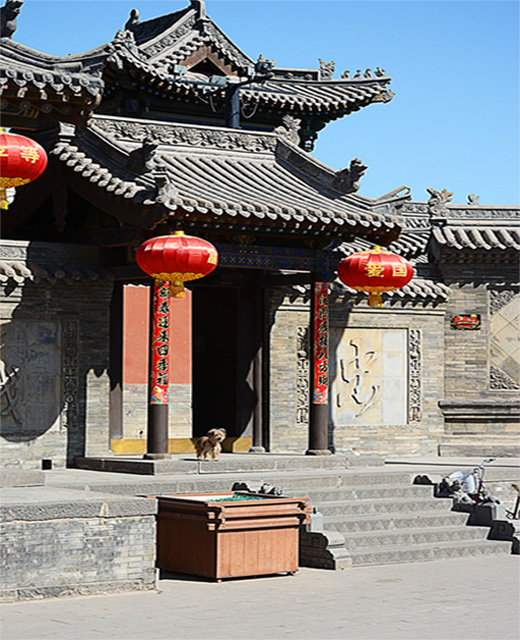
OurTravel Consultant Janet Chan spent 8 days to explore Shanxi Province inAug,2019. Traveling from north to south part and done the inspection to somenot so famous sites but found actually Shanxi Province is a land of treasures.Bellowing are our recommended trips after on-the-spot inspection.
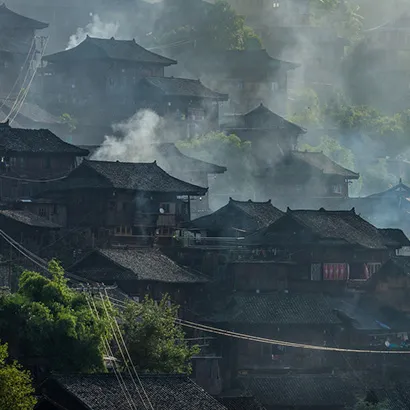
As the main attractions in Shanxi Province aremostly cultural relics, so anytime in the year is ok for traveling. But ShanxiProvince locate in the northern part of China, so since from the end of Nov,the temperature would go down till the end of Feb. And the weather starts toget warm after the mid of March. Jul and Aug are hottest summer time, also thepeak traveling season due to the student summer vacation, but there are not toomany tourists in the culture relics all in all as the scenic spots in ShanxiProvince is not so famous in Chinese except Yungang Grottoes and HangingTemple.
Hukou Waterfall is one of the importantnatural scenic spot in Shanxi Province which is good time for traveling only inMay to Oct. But as Jul and Aug are raining season, the scenic spot mighttentatively close to tourists if water volume is too large. And tourists couldappreciate the blossom peach flower in Apr and May.
The Temperature
Food in Shanxi
Hotel & Restaurants
Picture Taking in nearly all thecultural relics
PictureTaking is forbidden in most of the heritage sites in Shanxi Province because ofbellowing reasons:
- Culturalrelic protection specially flash is forbidden
- Religion.As taking picture for the gods in the temple or grottoes or architecture is akind of disrespect.
- Copyright
So please bring your camera but keep most ofthe impression in the mind.

